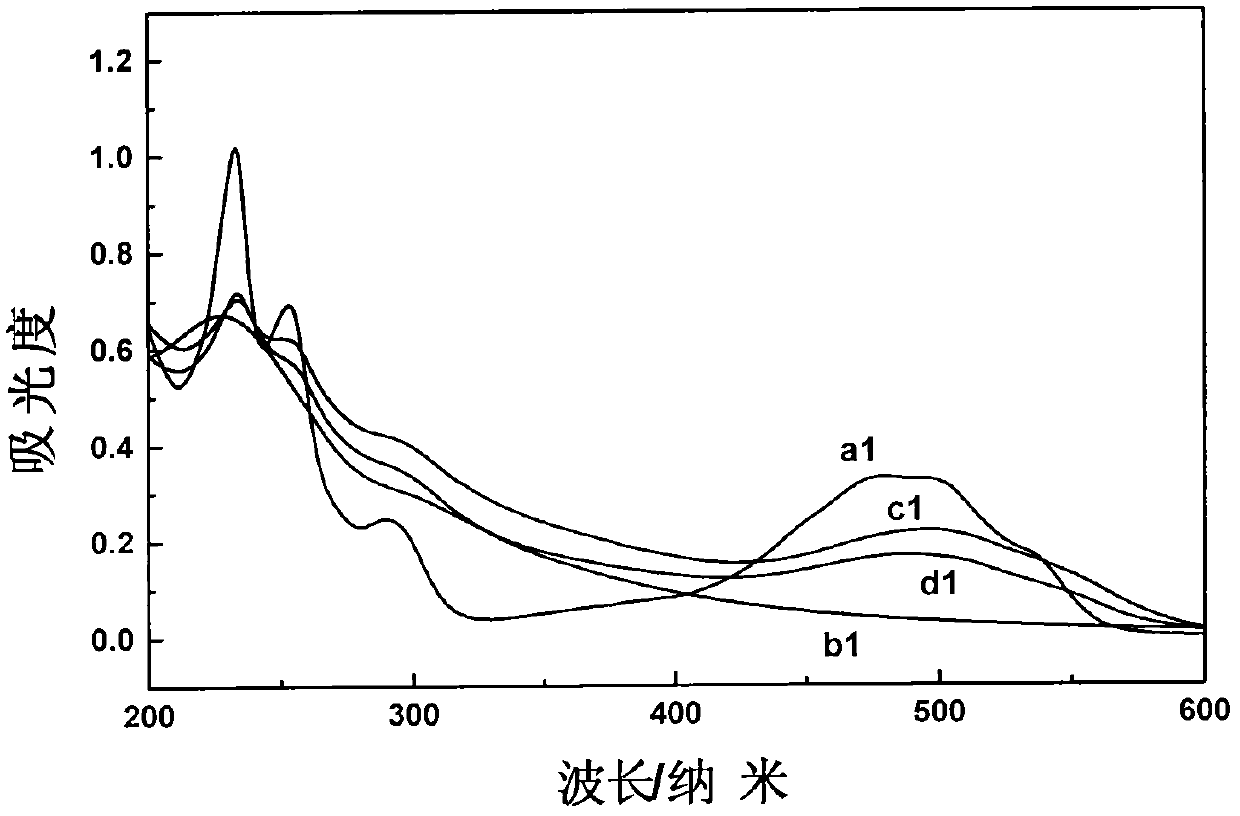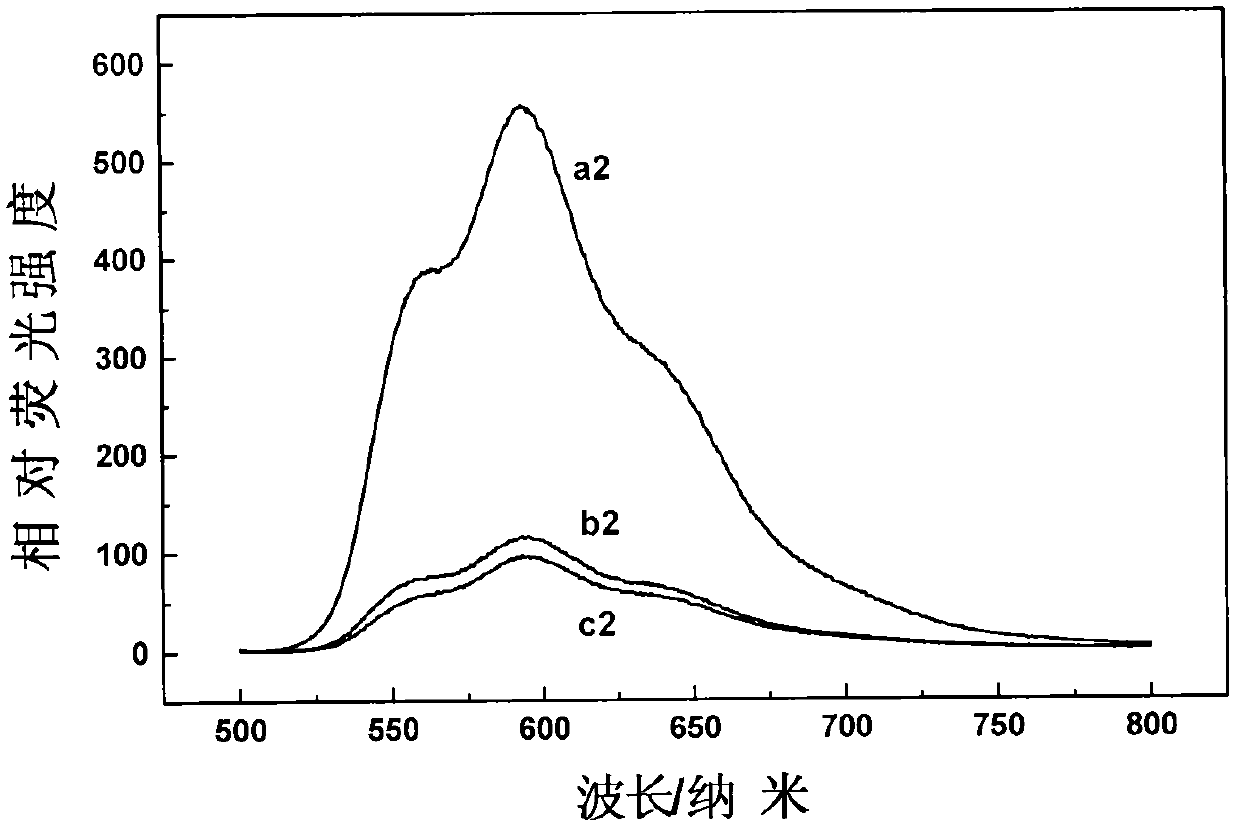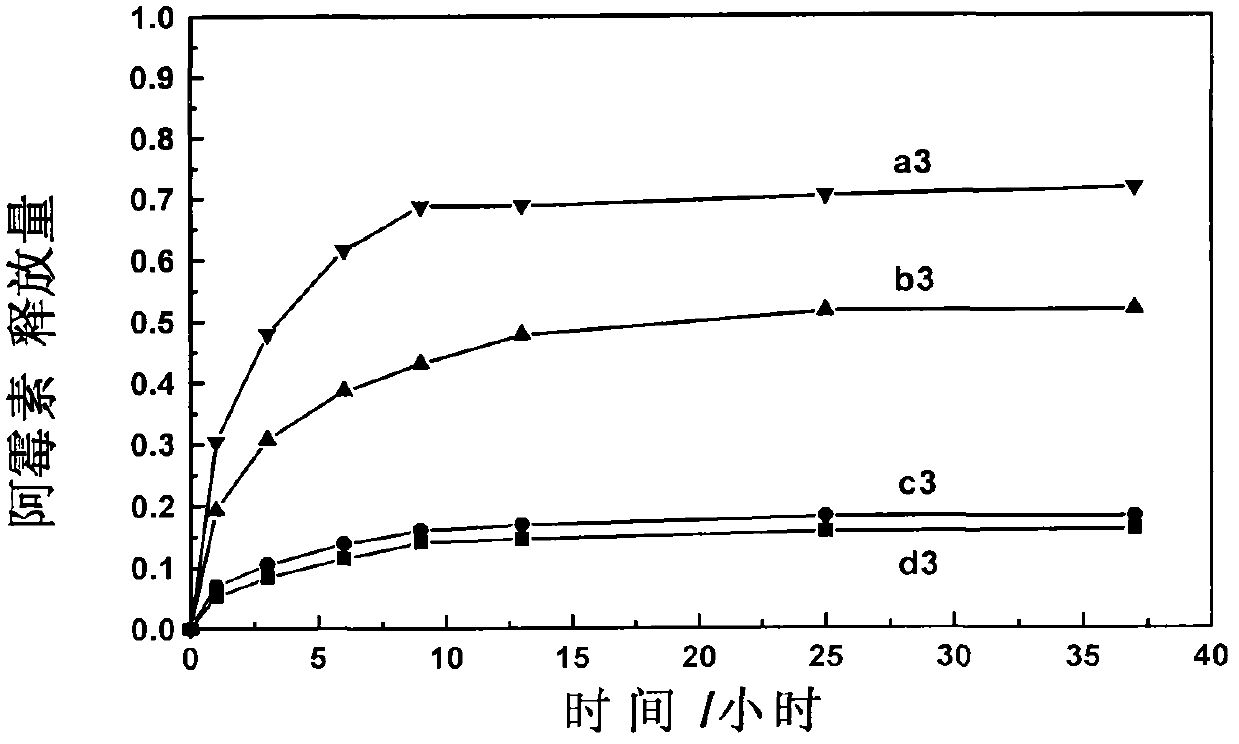Medicament-supported hydrogel system and preparation method thereof
A technology for loading drugs and hydrogels, which can be used in pharmaceutical formulations, medical preparations with non-active ingredients, and liquid delivery. It can solve problems such as single action form and achieve good drug sustained release
- Summary
- Abstract
- Description
- Claims
- Application Information
AI Technical Summary
Problems solved by technology
Method used
Image
Examples
Embodiment 1
[0029] This example is used to illustrate the preparation of graphene oxide aqueous solution.
[0030] Add 2 grams of fineness to 325 mesh flake graphite raw materials and 2 grams of sodium nitrate into 180 grams of concentrated sulfuric acid (98%), and cool with an ice-water bath.
[0031] While maintaining vigorous stirring, slowly add 12 grams of potassium permanganate, and control the speed of addition so that the temperature of the suspension does not exceed 20° C. (complete addition within 1 hour). Then the ice-water bath was removed, and the suspension was kept at 35±5° C. for 120 hours to obtain a brown mixture.
[0032]200 mL of deionized water was slowly added to the mixture, the temperature was raised to 98 °C and maintained at this temperature for 1 hour. The resulting suspension was then diluted to 1 L with water. Add 500 mL of 3 wt % hydrogen peroxide solution to convert the remaining potassium permanganate and manganese dioxide into manganese sulfate to obtain...
Embodiment 2
[0035] This example is used to illustrate the drug-loaded hydrogel system provided by the present invention and its preparation method.
[0036] 1) Dilute the graphene oxide aqueous solution prepared in Example 1 to 0.3 mg / mL, take 10 mL, add 900 mg of F127 (EO 106 PO 70 EO 106 ) block copolymer, stirred at 20° C. for 12 hours to obtain an aqueous solution of graphene oxide modified by the block copolymer.
[0037] 2) Add 0.6 mg of doxorubicin to 1 mL of the solution prepared in step 1), sonicate for 0.5 hours, and stir in the dark for 12 hours to obtain a drug-loaded graphene aqueous solution.
[0038] figure 1 It is the ultraviolet-visible spectrum comparison chart of the above-mentioned graphene aqueous solution before and after drug loading, wherein, curve a1 is the ultraviolet absorption curve of doxorubicin, curve b1 is the ultraviolet absorption curve of graphene, and curve c1 is the ultraviolet absorption of graphene-adriamycin Curve, curve d1 is the ultraviolet ab...
Embodiment 3
[0042] This example is used to illustrate the drug-loaded hydrogel system provided by the present invention and its preparation method.
[0043] 1) Dilute the graphene oxide aqueous solution prepared in Example 1 to 0.3 mg / mL, take 10 mL, add 900 mg of F127 (EO 106 PO 70 EO 106 ) block copolymer, stirred at 20° C. for 12 hours to obtain an aqueous solution of graphene oxide modified by the block copolymer. Add the graphene oxide aqueous solution modified by the block copolymer into the reaction kettle, and heat at 150° C. for 48 hours to obtain the reduced graphene aqueous solution modified by the block copolymer.
[0044] 2) Add 0.6 mg of doxorubicin to 1 mL of the solution prepared in step 1), sonicate for 0.5 hours, and stir in the dark for 12 hours to obtain a drug-loaded graphene aqueous solution. After the drug was loaded onto the graphene surface, the peak of the ultraviolet absorption spectrum became wider, and the intensity of the fluorescence spectrum weakened, wh...
PUM
 Login to View More
Login to View More Abstract
Description
Claims
Application Information
 Login to View More
Login to View More - R&D
- Intellectual Property
- Life Sciences
- Materials
- Tech Scout
- Unparalleled Data Quality
- Higher Quality Content
- 60% Fewer Hallucinations
Browse by: Latest US Patents, China's latest patents, Technical Efficacy Thesaurus, Application Domain, Technology Topic, Popular Technical Reports.
© 2025 PatSnap. All rights reserved.Legal|Privacy policy|Modern Slavery Act Transparency Statement|Sitemap|About US| Contact US: help@patsnap.com



